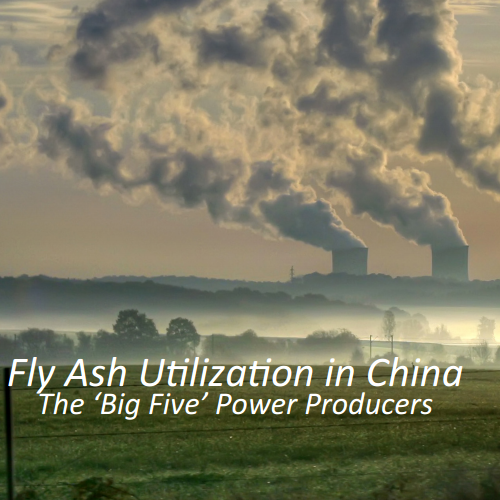Utilisation Trends: Coal Ash in Việt Nam
/- Việt Nam
The Department of Industrial Safety and Environment at the Ministry of Industry and Trade is currently addressing the country’s need to maximize the use of coal fly ash from local coal fired power stations. Deputy Director, Phạm Trọng Thực confirms that the two main issues of last year were the production of fly ash from thermal power plants and chemical fertilizer plants.
Vietnamese power stations produce about thirteen million tonnes of fly ash and plaster per year, 65% of which comes from power generators in the north. At the moment, according to the Ministry of Industry and Trade (MOIT), only 38.9% is being used as a raw material. The primary product utilizing coal fly ash in Viet Nam is gypsum boarding, used in civil construction.
The progressive policies for using coal ash from power plants and fertilizer plants to manufacture building material products have been enacted since 2014 nation wide. The goal of these initiatives was to help solve the big issue of disposal, and aid construction costs by offering a cheap alternative to sand and other filler aggregates.
VINACHEM (Việt Nam Chemical Group) is a good example of a company taking full advantage of these environmental regulations aimed at reducing landfilling of coal fly ash. Cooperating with a local gypsum company, the group is able to produce 750,000 tonnes of cement per year, using coal ash as its base additive. The group has also recently expanded, building another cement plant that aims to produce 600,000 tonnes per year, with the same coal ash additive.
However, delay in industry adaptation has been linked to concerns with the problems associated with the use coal fly ash in construction materials. Taxing, as well as proper handling and utilization practices are among top concerns of manufacturers and legislators. MOIT has executed their newest initiative for safe handling and sourcing by reducing the importation of gypsum, as well as monitoring the exploitation of natural gypsum in the country. The MOIT will continue to work with the Việt Nam Chemical Group and other organizations like it to develop quality assurance criteria for construction projects and production of materials used in construction.














